Using Ground for Neutral Generator
plantgrower
12 years ago
Related Stories
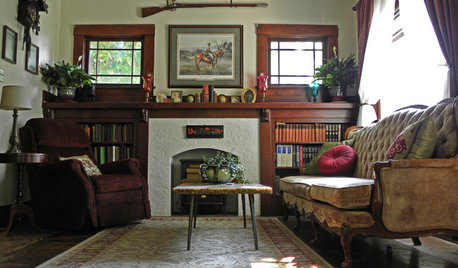
HOUZZ TOURSMy Houzz: 2 Generations Unite in an Oregon Craftsman
For the love of a little boy (and a few chickens), a resourceful family creates a multigenerational home infused with graciousness
Full Story
DECORATING GUIDESNo Neutral Ground? Why the Color Camps Are So Opinionated
Can't we all just get along when it comes to color versus neutrals?
Full Story
TRADITIONAL HOMESHouzz Tour: Connecticut Farm Restored for Generations to Come
A man renovates his extended family’s stately farmhouse and land. Sustainable practices are used in gardens, wetlands and recreation areas
Full Story
DISASTER PREP & RECOVERYMore Power to You: How to Pick the Right Generator
If your home's electricity goes, don't let it take your necessities with it — keep systems running with this guide to backup power
Full Story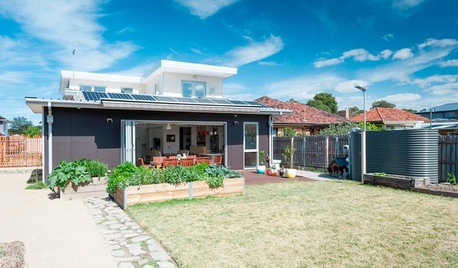
GREEN BUILDINGHouzz Tour: An Energy-Efficient Home for 3 Generations
This Australian house takes sustainability and accessibility to a new level
Full Story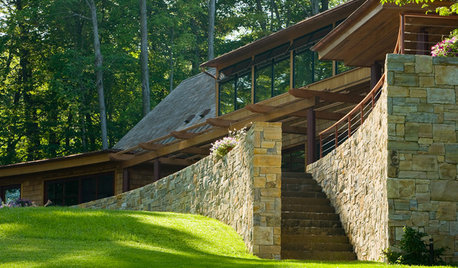
CONTEMPORARY HOMESHouzz Tour: 2 Wings for 3 Generations on a Vermont Lake
An extended family enjoys a spacious waterfront home influenced by farmhouses and Japanese architecture
Full Story
HOUZZ TOURSHouzz Tour: Innovative Home Reunites Generations Under One Roof
Parents build a bright and sunny modern house where they can age in place alongside their 3 grown children and significant others
Full Story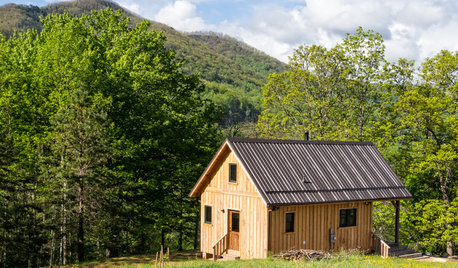
HOUZZ TOURSHouzz Tour: 10 Acres, 3 Generations and Many Animals in North Carolina
Check out a throwback-style cabin that celebrates simplicity, reclaimed materials and family
Full Story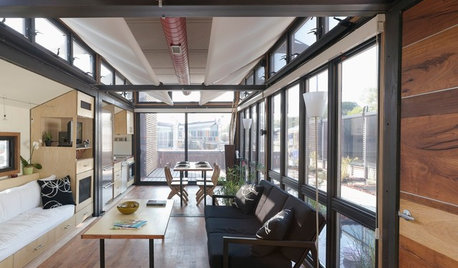
ARCHITECTUREMeet the Next Generation of Incredibly Adaptable Homes
Move a wall or an entire kitchen if you please. These homes scale down and switch it up with ease as needs change
Full Story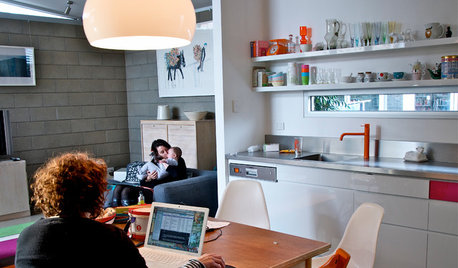
HOUZZ TOURSMy Houzz: An Australian Home Appeals to 3 Generations
Two separate ecofriendly dwellings on an Adelaide property mean family is never far away
Full StoryMore Discussions









Ron Natalie
plantgrowerOriginal Author
Related Professionals
Brighton General Contractors · Geneva General Contractors · Jefferson Valley-Yorktown General Contractors · Montclair General Contractors · Palatine General Contractors · Pine Hills General Contractors · Vermillion General Contractors · New Canaan Solar Energy Systems · Prunedale Solar Energy Systems · Torrington Solar Energy Systems · Wasco Solar Energy Systems · Castle Rock Home Automation & Home Media · Fort Bragg Home Automation & Home Media · Palo Alto Home Automation & Home Media · Valle Vista Home Automation & Home Mediabrickeyee
bus_driver
kurto
Ron Natalie
Billl
enigma_2
Ron Natalie
plantgrowerOriginal Author
brickeyee
brickeyee
dkenny